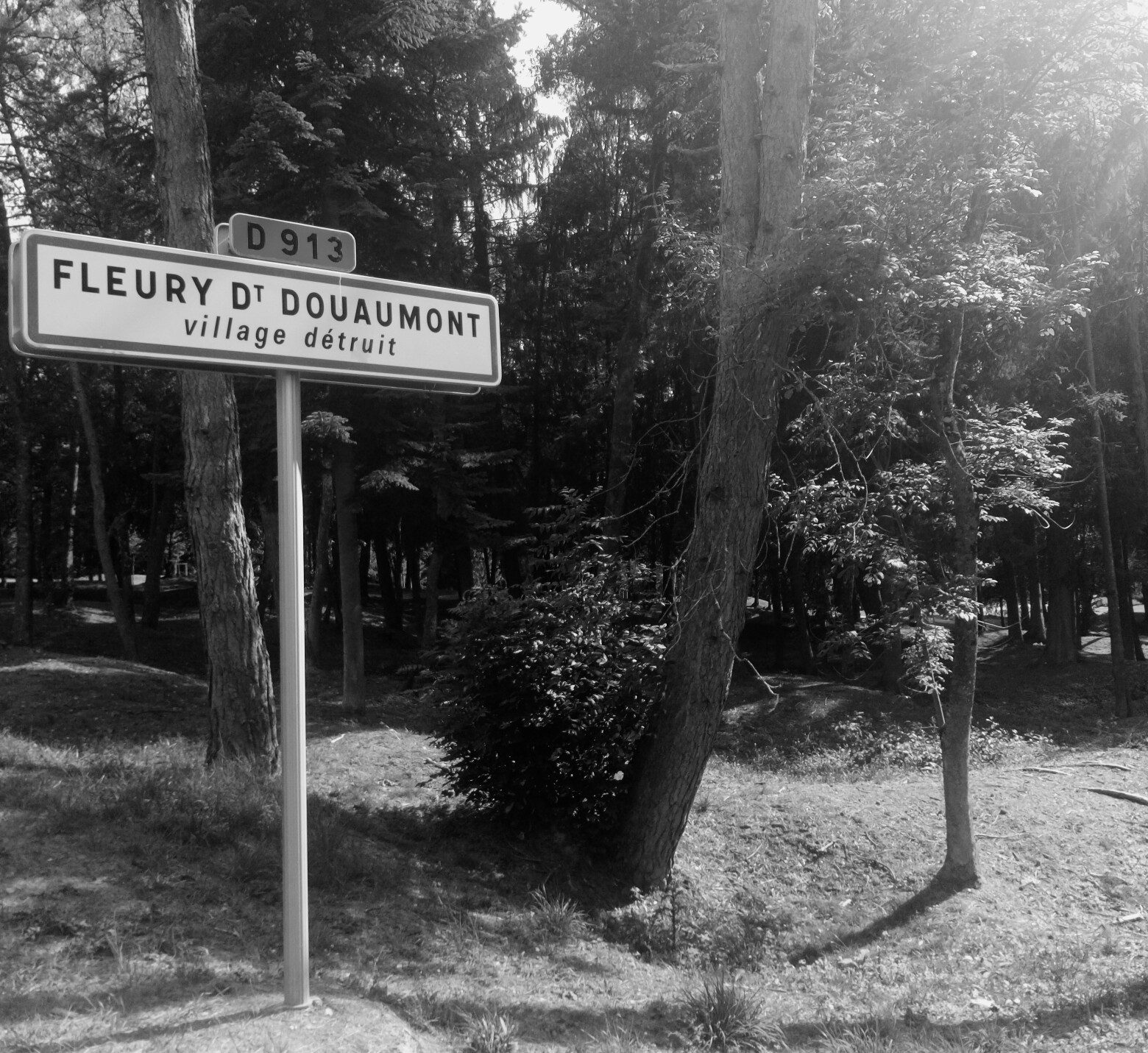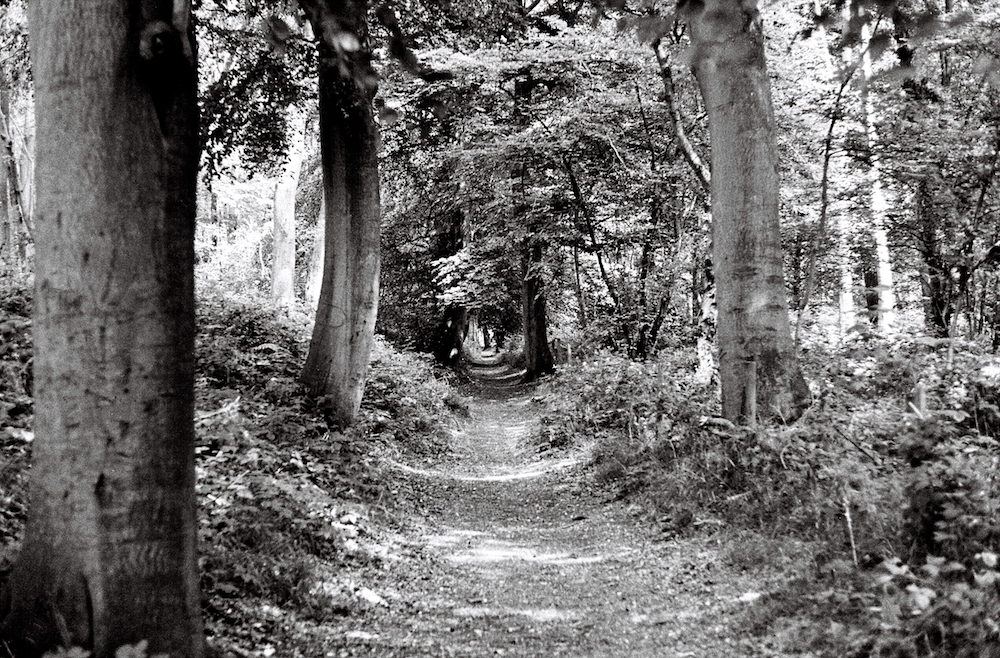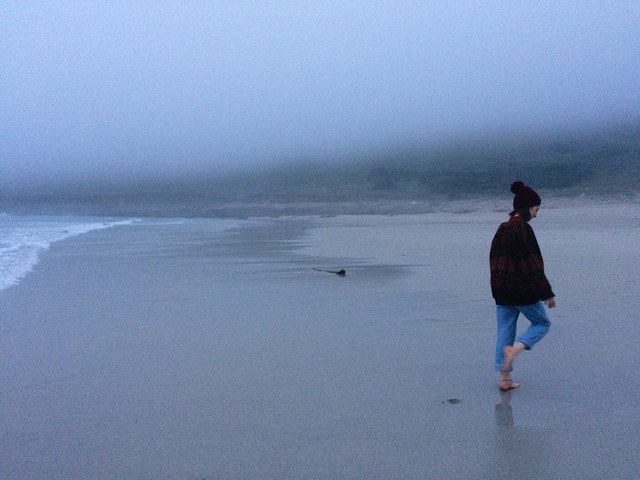Beacon Bound, Part IV: Momentum
/In memory of his grandfather, Nicholas Herrmann walks the length of The Ridgeway: an ancient road stretching for eighty-seven miles across chalk downland, from Overton Hill to Ivinghoe Beacon. We will be following Nicholas’ journey here on the Elsewhere blog over the next couple of months.
As I round the corner a field comes to life, spiralling into the sky. I count twenty before they tornado away, another nine still hunched in the sun. The air is a solid wall of wings. This could be normal for all I know, but it feels like an omen: the universe flexing, a flurry of autumn heralding the end. I lift my camera too late, and through glass watch as the storm of kites blows silently over the hill.
But this is later. The day starts where we left off: by the walls of the neighbourly Church of the Holy Trinity, where we’re offered tea and biscuits before we’ve even begun. A kestrel splashes above the Ridgeway, treading water in the sky. Soon, the path is swallowed by a golf course, so we hunt for waymarks, following a trail of painted acorns. My skin prickles as I pass over dead patches on the manicured lawn – grass singed in the recent heatwave. Today, the conditions for walking are good: cool and overcast. We’ve finally made it to the other side of summer.
Like deer, we slip across a road and into the trees, passing through alternating woods and fields of flint. The forested strips are tangled and dim, but autumn’s psychedelia is already spreading. The flash of an arum lily blazes through the late-summer green. Branches droop with dark clumps of elderberries and the shadowy orbs of sloes. Ripening rose hips blush between the leaves. Hawthorns radiate red. At intervals, we pause to gorge ourselves on blackberries, quietly marvelling at their galaxies of flavour: rich, soft, syrupy, like wine. We have entered the treasure season, when countless precious things are offered up by the earth. Happily, I tongue at a seed in my molar as acorns and conkers rain down on the approach to Swyncombe – a village where sheep-eaten trees rise from the field like bearskin hats, the culprits patrolling the grounds around the steeple-less church of St Botolph.
The miles start to merge. West of the Thames, the path had defined sections, distinct chapters punctuated by landmarks and sudden topographical changes. There’s less drama in the Chilterns, the path meandering between field and forest, rolling from hamlet to farm. With a lack of milestones, we weave across the landscape in a daze, scattering pheasants as we sleepily kick through crabapples. At a certain point, the path drops and turns sharply northeast. This is where the storm of kites is waiting.
I freeze beneath the boiling sky.
More tree-lined avenues, more fields gilded by the intermittent sun. We pass a yew tree, its berries like bright little bells. All parts of the yew are toxic to humans: the needles, the branches, the bark. Only the fruit can be eaten – the fleshy aril – but not the seed inside, which can cause rapid heart failure due to the lethal amounts of cardiotoxic chemicals called taxine. I remember John worrying me at a young age with this strange fact, on a walk somewhere in the Chilterns. If he were here now, he might also explain that these same compounds can slow and kill cancer cells, and a number of chemotherapy drugs are developed from yew trees. This is a fact I learn later in my research, but I’m sure its one John would have known. This was his area of expertise – for years he worked as a biochemist at a major pharmaceutical company, helping to develop the antibiotic cephalosporin. I reach out. My hand hesitates by the branch. But without John here to reassure me of the biology, I lose my nerve, leaving the ripe berries uneaten.
An immense concrete structure rears out of the landscape, penetrating the hills ahead. We’ve arrived at the Stokenchurch Gap, a forty-seven-metre canyon gouged into the chalk by the M40. The motorway dominates the countryside, drowning out birdsong, polluting the fruit that lines the approach, and crowding the Aston Rowant National Nature Reserve – one of four initial sites chosen for the UK’s 1989 red kite reintroduction programme. Perhaps this explains my earlier encounter: we have found the kite’s heartland, the bird’s birthplace. The road might even serve as some kind of umbilical cord, nurturing them from the cradle with a steady stream of roadkill. I walk quickly through the underpass, aware of the weight thundering overhead. On the other side, a group of horses cowers by a hedge, sonically trapped in the shadow of the road. I wonder if they even notice it anymore, that white noise forever in their skulls.
The roar stalks us for a mile or more. Horse chestnuts lead the way towards Chinnor, already red and shedding to cover old horseshoes in the dry earth. The smell of autumn hits me here: damp and gloomy, brisk and cosy, bringing with it a hundred memories of fires, fireworks, fangs and fake blood. My parents and I sweep through the leaves in silence, the season returning us to our childhoods.
Once more, clouds gather over the homestretch, mirroring the curves and contours of the downland below. We leave the Ridgeway at a crossroads, turning for the nearby village of Crowell, a leaden sky creeping from the west.
*
We’re heading for the edge of the world.
Huge, flooded hollows appear on either side of the path. These are the remains of a former chalk quarry, now the Chinnor Chalk Pit Site of Special Scientific Interest. I catch glimpses behind the trees: white cliffs falling to ice-blue water and wading birds. My father remembers visiting the town as a child when the quarry was still in use, and noticing a layer of white dust over everything. Today, tall wire fences and warning signs stop anyone from entering. It seems like a waste – two perfect lakes cordoned off and hidden from the world. I learn later that before security increased at the site, people would sneak in regularly to enjoy the forbidden waters.
Despite the blockades, it’s a pleasant stretch, warmed by the last of the year’s sun. Dragonflies dart between unearthly plants: spidery teasels and plump, purple buddleia. Soon, we’re crossing over a road to a section of the path bustling with runners and dog walkers, shouts drifting from a nearby football match. The way opens up to the sudden sweep of the Aylesbury Vale, then continues on past tennis courts, hedges trained into unnatural shapes, and wooden fences smeared in creosote.
We’re taken through ash plantations and over storybook hills, where house martins swell above the stubble – one final flight test before heading south. We’ve been hugging the foot of the Chilterns until now, but finally the path rises steeply up Lodge Hill. We stop halfway to catch our breath, and my father tells us about the homemade topographical maps John used to build, reconstructing the Chilterns by cutting and layering sheets of polystyrene. For the rest of the climb, I imagine myself in miniature against a white background, stepping from sheet to sheet.
Finally, we’re in the sky, with vistas reminiscent of the North Wessex Downs, Princes Risborough glittering in the distance as it catches the late-afternoon sun. Small orange butterflies spiral along the ground like fallen leaves, leading us over a railway line to meet up with the Wycombe Road, which rushes towards the edge of town. Here, we veer off, skirting the perimeter through back alleys to another busy road, where vintage cars rumble past on their way to the Kop Hill Climb car show. We’ve made it into Buckinghamshire, our penultimate county.
A giant white cross of unknown origin, carved into the side of Whiteleaf Hill, watches us climb to the bottom of Brush Hill and into the trees. At the top, I startle a drone hovering above the nature reserve like a mechanical kestrel. It lurches in the air, regards me for a moment, then quickly whines away. I turn to get a drone’s-eye view, and I’m struck by a panorama that stretches all the way to the familiar outline of Didcot Power Station squatting in the haze. The distant smudge of the Marlborough Downs lies beyond, where we were clambering half a year and half a world ago. We’re gathering momentum – by the end of the day we’ll only be left with a handful of miles, having travelled through ancient eras and extinct kingdoms, over thousands of years: sarsens, castles, barrows and bunkers, combes, downs, towns and fields, churches, power stations, waterways and motorways, heat, sleet, wind and rain.
Unusually, the path cuts through a pub, squirrelled at the bottom of the scarp. We stop at The Plough to raise an ale to John. Nearby lies the entrance to another nature reserve: the sheltered haven of Grangelands and The Rifle Range, where sheep balance on rippling grassland, and a photographer waits patiently for the golden hour. From here, we follow the bob and roll of the landscape to the Chequers estate. We give the house a wide berth, fearfully sticking to the path as I quietly describe the plot of Rogue Male by Geoffrey Household. In the grounds, a deer tiptoes past a black pole brimming with surveillance cameras.
In the dark of an evening beechwood, I trip over roots, unsteady and aching from tiredness. We finish just before Coombe Hill – a place my father and his siblings would be brought on walks when they were young. They called it The Edge of the World. The name feels appropriate: past this point the Beacon waits. We’ll step off the edge and drift the remaining distance, like ships sailing to the Undying Lands.
The temperature is falling, the light’s bruising blue. There’s something in the air, tightening and retreating. We’ve finished another journey but we haven’t quite arrived. Autumn’s just a border.
Nicholas Herrmann is a writer and photographer based in Bath. His work has appeared in journals and online, and his writing has been shortlisted for the Bath Novel Award and Janklow and Nesbit Prize. He is a graduate of the Creative Writing MA at Bath Spa University. He is currently working on his first novel. You can find him on Twitter: @NickPSH.






























